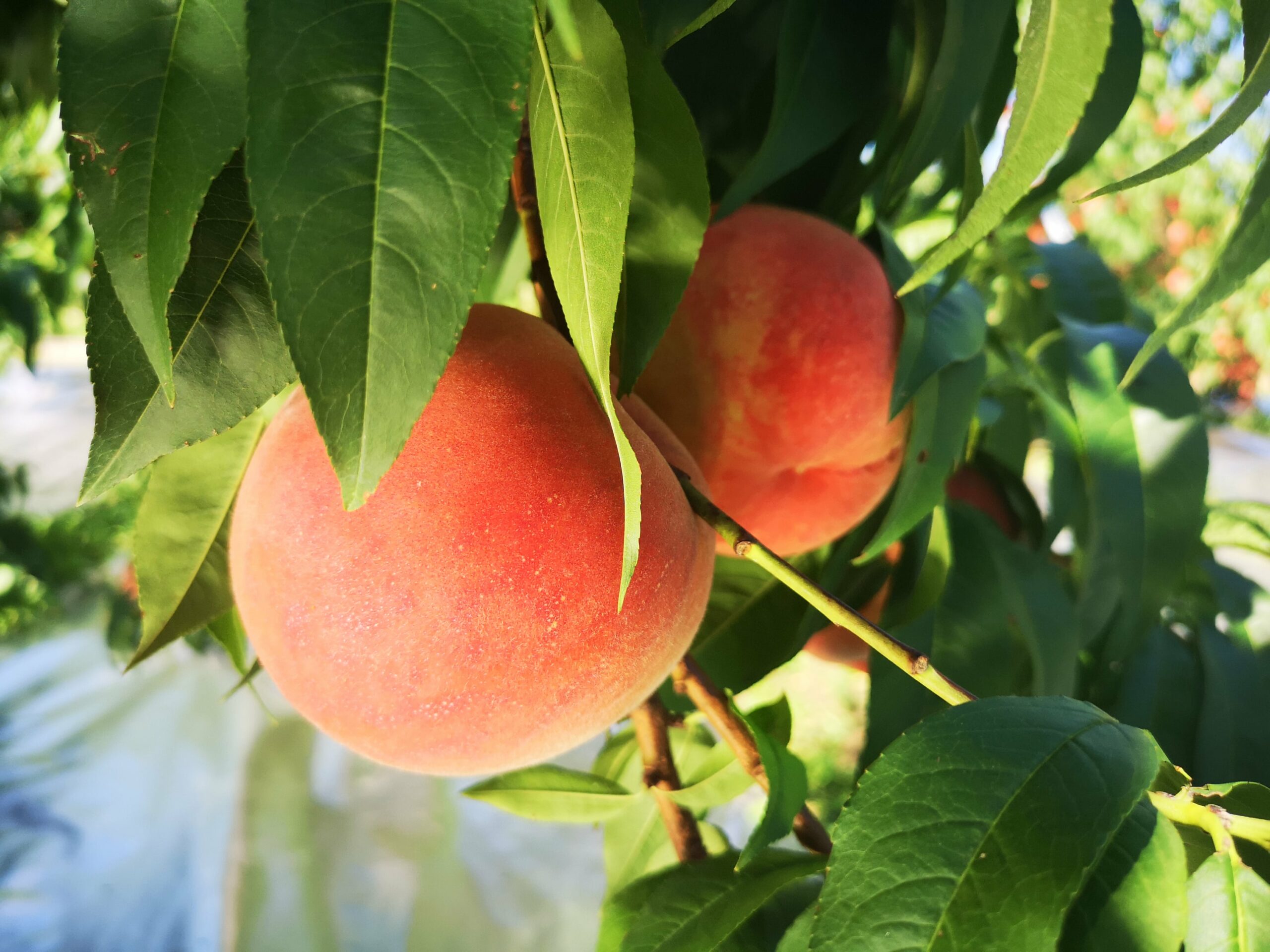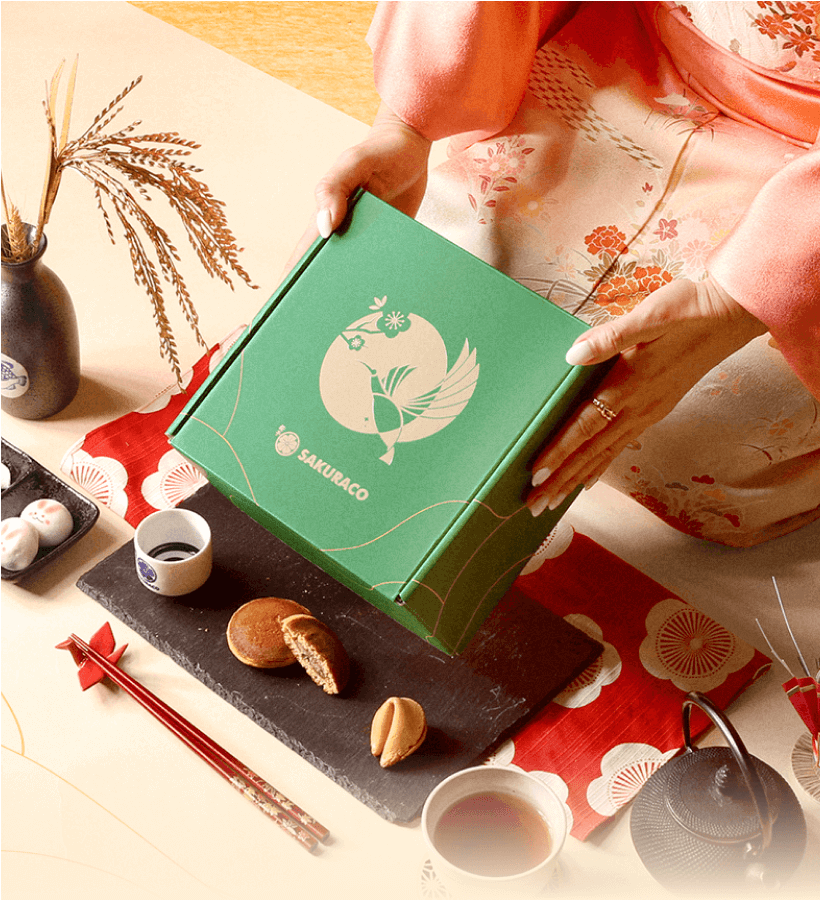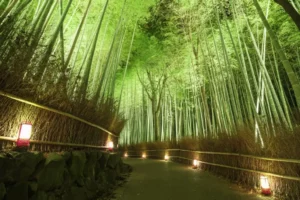Japanese peaches are famous for their exceptional sweetness, soft texture, and fragrant aroma, making them a prized summer fruit in Japan. Regions like Yamanashi and Fukushima are known for producing the finest peaches. These fruits are not only enjoyed fresh but also used in traditional Japanese sweets. Their unique taste makes Japanese peaches one of the world’s most delicious and sought-after fruits.
Table of Contents
ToggleWhat is the difference between the Japanese and Western peach?
Japanese peaches and Western peaches differ in appearance, taste, and texture. Japanese peaches have delicate, pinkish-white skin and are larger and rounder than most Western peaches. They are known for their incredibly juicy and sweet flavor with low acidity, making them a luxurious summer fruit in Japan. In contrast, Western peaches often have a firmer, orange-red skin with a more tart or tangy taste.
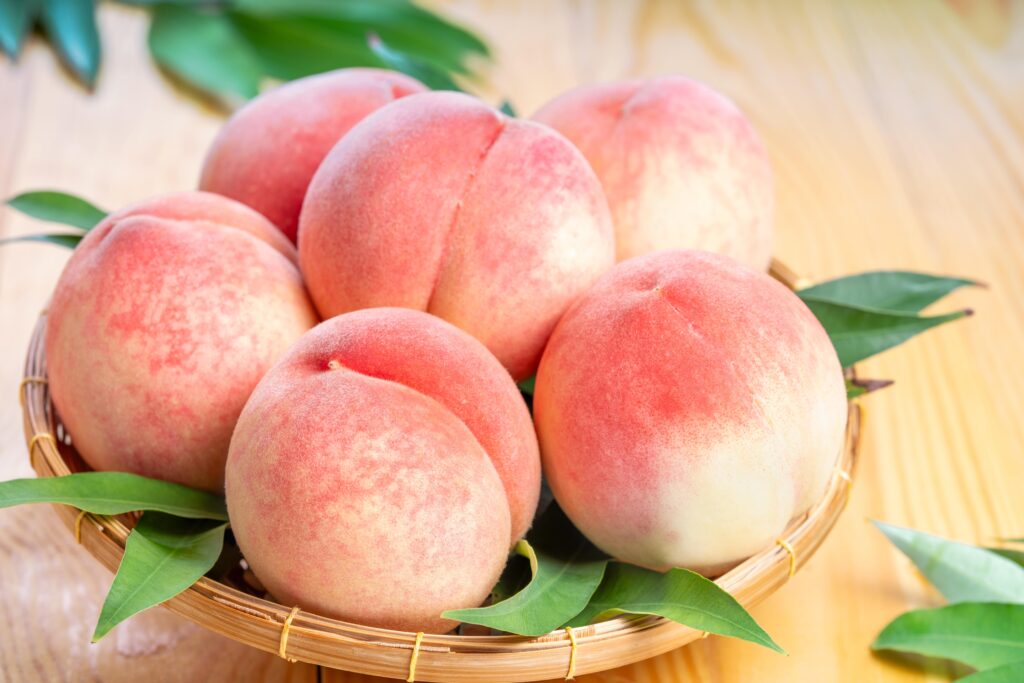
Another difference is how the fruits are grown and eaten. Japanese farmers take great care in cultivating their peaches, often wrapping each fruit in protective bags to ensure perfect ripeness and smooth skin. Western peaches are used in pies, cobblers, and jams because their flesh holds up well when cooked. Western peach trees are more widely grown in different climates, while Japanese peaches thrive in carefully controlled orchards.
Where do most Japanese peaches come from?
Most Japanese peaches come from Yamanashi Prefecture. Yamanashi’s climate, soil, and water create ideal conditions for growing high-quality peaches. This area is famous for the Hakuto peach, known for its soft texture, juicy flesh, and incredible sweetness. Other major peach-growing regions include Fukushima, Okayama, and Nagano, each producing different varieties with unique flavors. Yamanashi and Fukushima host peach-picking events in the summer, where visitors can enjoy fresh, locally grown fruit. These careful farming methods make Japanese peaches some of the best in the world. These prefectures take pride in their fruit, often selling them as luxury gifts and giving them as special presents.
What kind of wagashi can you make from the Japanese peach?
Peach Yokan
Peach Yokan is a traditional Japanese jelly-like dessert made with peach puree, sweet red bean paste, and agar-agar. However, unlike traditional yokan-making, this variation highlights the natural sweetness and aroma of peaches. The combination of peach and red bean paste creates a mild, fruity flavor with a touch of richness. People enjoy it chilled during the summer, making it a popular treat at tea ceremonies or a refreshing snack.
Making Peach Yokan is simple and requires just a few ingredients. First, combine peach puree and red bean paste with water and agar powder, then heat until fully dissolved. Pour the mixture into a mold, let it cool, and slice it into small, elegant shapes. Some variations include whole peach slices inside. The result is a translucent, fruity confection that pairs well with green tea or other mild-flavored beverages.
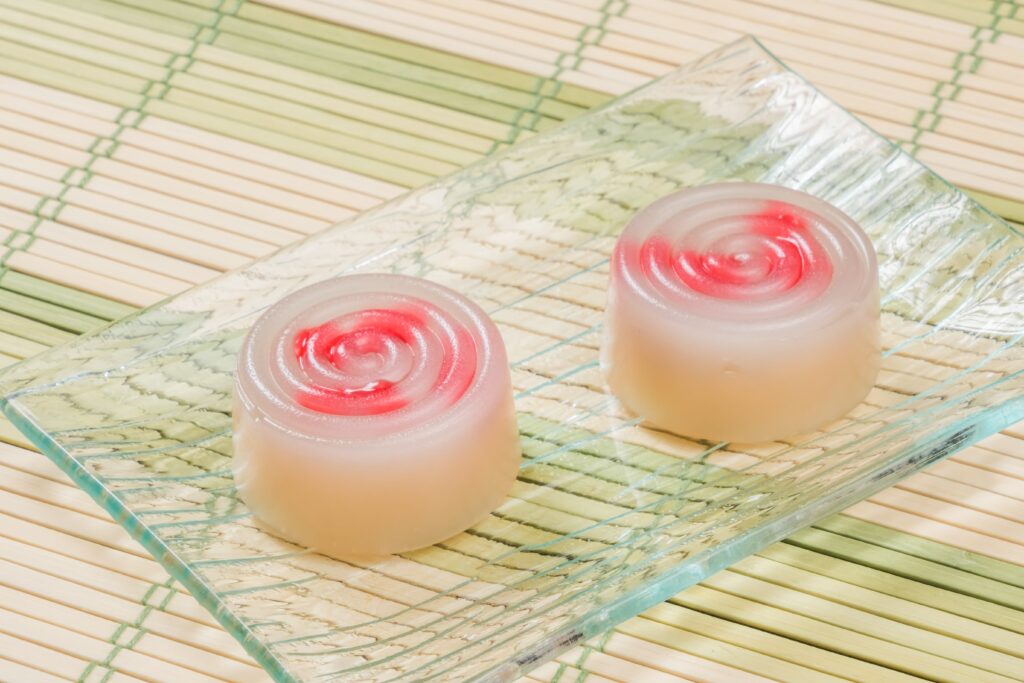
Peach Kuzumochi
Peach Kuzumochi is a chewy, jelly-like wagashi made with kudzu starch and infused with peach flavor. Traditional kuzumochi uses fermented wheat starch, while modern versions replace it with kudzu for a smoother texture. Often served chilled, it is topped with light syrup or dusted with kinako to enhance its delicate sweetness. This creates a subtly sweet, slightly chewy dessert that melts in your mouth with every bite.
To make Peach Kuzumochi, mix kudzu starch with water, sugar, and peach puree, then heat and stir until the mixture becomes thick and translucent. Pour it into molds and let it cool until firm. Once set, cut it into bite-sized pieces and serve with syrup or kinako for extra flavor. Some variations include dusting it with matcha powder to add a hint of bitterness that balances the fruit’s sweetness.
Are you interested in some amazing Japanese snacks? Check out Sakuraco! Sakuraco delivers traditional Japanese snacks, teas, and sweets from local Japanese makers directly to your door.

Peach Dorayaki
Peach Dorayaki is a modern take on the classic Japanese confection. It features two fluffy pancakes filled with sweet peach puree or peach-flavored bean paste. Dorayaki originated during the Edo period and traditionally contained a filling of red bean paste. The soft, slightly caramelized pancakes complement the peach filling’s natural sweetness and slight tang. This combination creates a balanced dessert that is both satisfying and refreshing.
To make Peach Dorayaki, mix flour, eggs, sugar, and honey to create a light and airy pancake batter. Blend ripe peaches with sugar and cook them down into a smooth paste for the filling. Cook the pancakes until golden brown, then sandwich them together with the peach filling. Some variations include adding whipped cream or mascarpone cheese for an extra creamy texture.
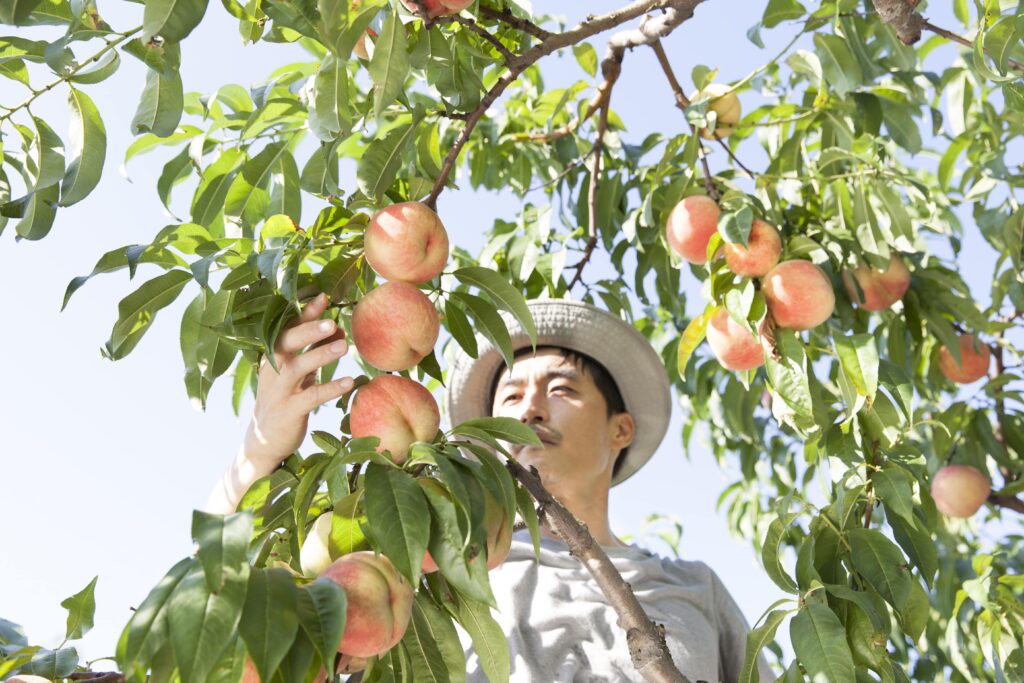
Why is the Japanese peach so delicious?
Thanks to meticulous farming and ideal growing conditions, Japanese peaches stand out for their sweetness, texture, and flavor. Farmers use special care to protect and nurture each fruit. The combination of Japan’s climate, soil, and harvesting methods ensures the highest quality fruit every season. Whether eaten fresh or used in wagashi, these peaches provide unmatched taste and quality, making them one of the finest fruits in the world!
Have you ever tried Japanese peaches? If so, how did you like them? Let us know in the comments below!

